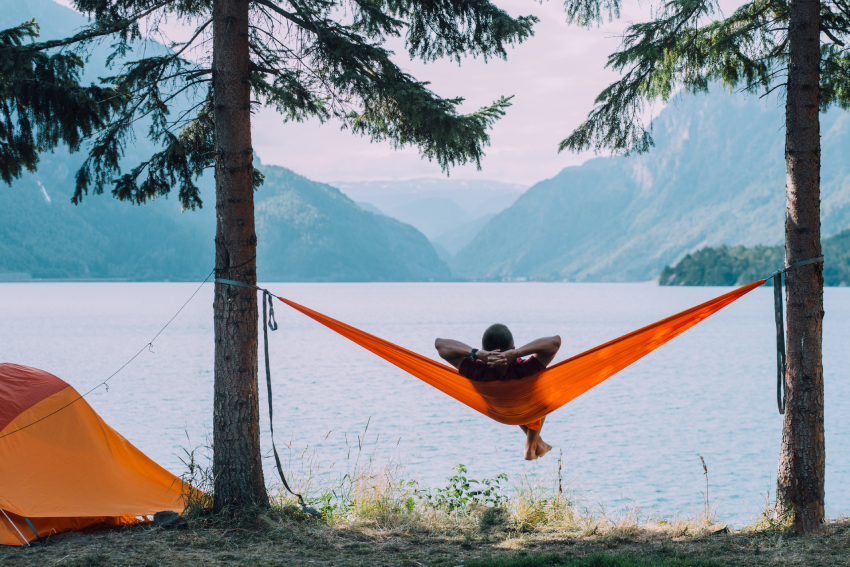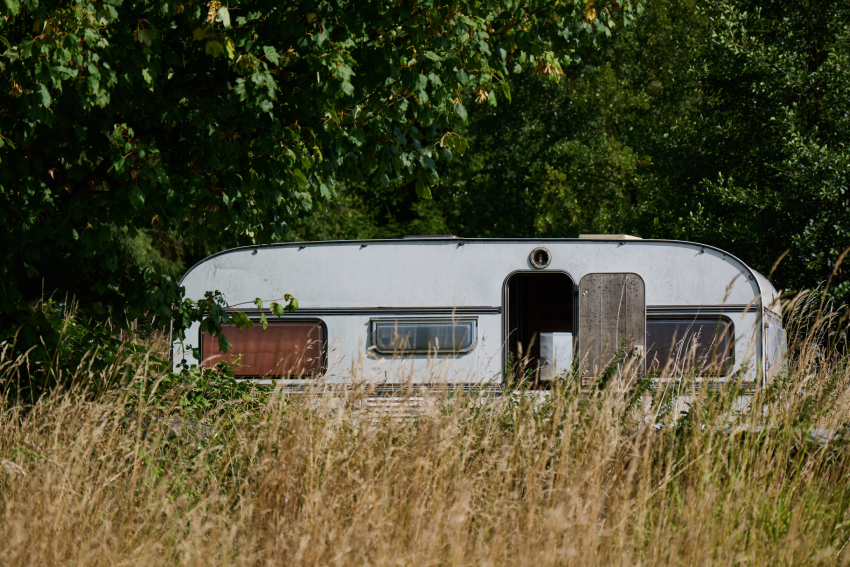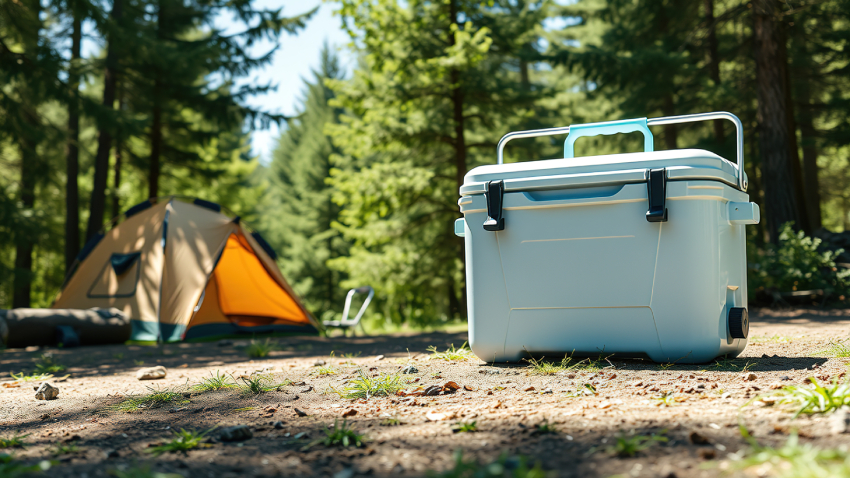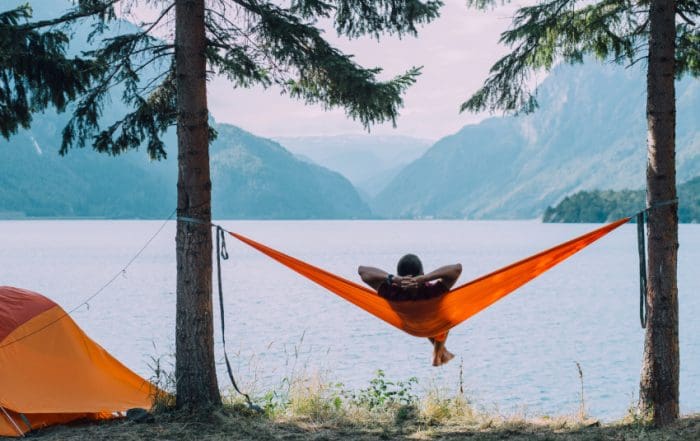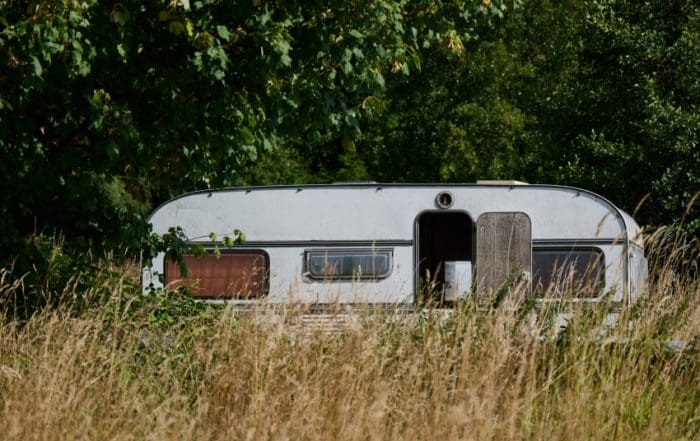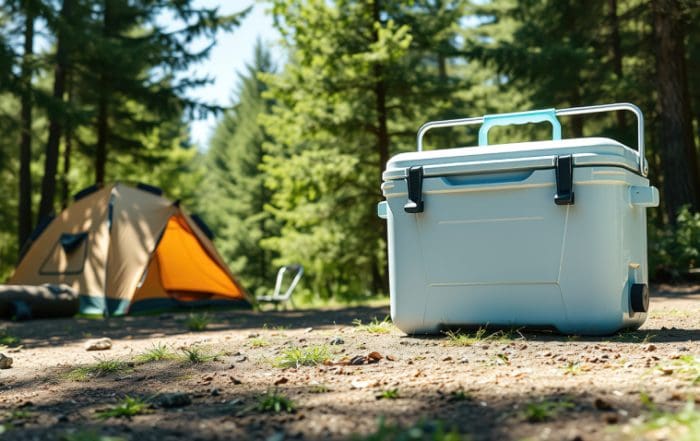How to Hang a Hammock with Ease
Learning how to hang a hammock properly shouldn't require engineering calculations, but somehow the internet has turned this simple task into a complex technical challenge involving trigonometry and load calculations. Here's what most hammock guides won't admit: the perfect hammock setup is more about comfort than precision, and most people overthink the process until they've turned relaxation into a stressful project. Whether you're planning to string up between trees around our self-catering chalets or create a peaceful retreat at your campsite, understanding basic hammock principles will help you achieve relaxation without requiring a degree in physics or an expensive collection of specialised gear.
Where to Hang a Hammock
Tree selection determines hammock success more than any other factor, yet most advice makes it sound like you need to become a certified arborist before hanging a piece of fabric between two posts. Look for healthy, mature trees with trunks at least 15cm in diameter—basically, trees that look like they could support a person without falling over or snapping in half.
Forgoing obvious safety risks, individuals frequently select questionable anchor points, leading to emergency room visits rather than relaxation sessions. Therefore, it is imperative to avoid dead, diseased, or leaning trees. Test tree stability by pushing against the trunk with reasonable force—solid trees shouldn't move noticeably under moderate pressure.
Ground conditions matter more than most people realise until they're lying on rocky terrain after their hammock fails unexpectedly. Avoid hanging hammocks over rocky areas, thorny plants, or uneven terrain. Even with proper setup, hammocks can fail, and soft, level ground beneath provides a safety margin and peace of mind.
Environmental considerations also affect long-term enjoyment but require thinking beyond the immediate setup. Position hammocks to take advantage of natural shade during hot parts of the day. Consider prevailing wind directions for cooling breezes. Avoid low-lying areas where moisture collects or insects concentrate, because nothing ruins hammock relaxation like being eaten alive by mosquitoes.
Ways to Support Your Hammock
Tree protection prevents damage to both trees and hammocks, though many people skip this step until they've killed a tree or destroyed expensive equipment. Wide straps distribute weight over larger surface areas, reducing bark damage and preventing straps from cutting into tree trunks. Narrow ropes or chains concentrate forces and can seriously damage or kill trees over time.
Hardware selection affects setup ease and long-term reliability, but the gear industry has convinced people they need expensive specialised equipment for what amounts to hanging fabric between two points. Carabiners provide quick connection and disconnection, but must be rated for human loads. Cheap carabiners can fail catastrophically under load, turning relaxation into injury.
Strap systems offer the most versatile and tree-friendly hanging method, though they cost more than basic rope setups that work just as well for most applications. Quality tree straps include multiple attachment loops that allow precise height and tension adjustment. Look for straps at least 2.5cm wide to minimise tree damage, though wider is better if you can afford it.
Rope systems require more skill but provide maximum customisation for people who enjoy making simple tasks more complicated. Learn basic knots like the bowline and trucker's hitch for secure, adjustable connections. Inspect ropes regularly for wear, fraying, or UV damage. Replace ropes at the first sign of deterioration rather than hoping they'll hold just one more time.
Permanent installations work well for frequently used locations but require careful planning and potentially dealing with property ownership issues. Eye bolts or lag screws provide secure mounting points but must be properly sized and installed. Consider local regulations and property ownership before installing permanent hardware that you might have to remove later.
How to Hang Your Hammock at the Best Angle
Hammock curve affects comfort dramatically, though most people either hang them too tight or too loose and then wonder why they're uncomfortable. A 30-degree angle from horizontal provides optimal comfort for most people. Too flat creates uncomfortable pressure points, while too curved makes entry and exit difficult and can feel like sleeping in a taco shell.
Height considerations balance ease of use with safety, though most people either hang hammocks too high (creating fall risks) or too low (creating ground contact issues). Hanging points should be approximately 1.5 metres above ground for most hammocks. Lower heights make getting in and out easier, but reduce ground clearance when loaded. Higher mounting increases fall risk during entry and exit.
Weight distribution changes the hammock shape significantly, yet most people set up their hammocks empty and then wonder why they feel different when occupied. Empty hammocks hang differently than loaded ones. Test your setup with your full body weight before trusting it for extended use. Make adjustments based on loaded performance rather than empty appearance.
How to Choose a Hammock: Sizes and Materials
Size selection depends on intended use and user dimensions, though the marketing makes it sound like you need different hammocks for different activities. Single hammocks work for most adults but provide limited space for movement. Double hammocks offer more room for comfort and can accommodate two people, though weight limits still apply regardless of marketing claims.
Material selection affects durability, comfort, and maintenance requirements, with each option having trade-offs that manufacturers downplay in favour of highlighting benefits. Cotton hammocks provide superior comfort but require protection from moisture and UV exposure. Nylon hammocks resist weather and pack smaller but can feel less comfortable against skin, especially in hot weather.
Weight capacity varies significantly between hammock types and manufacturers, with many products making optimistic claims about their load-bearing capabilities. Most quality hammocks support 135-180kg safely, but verify specifications before purchase and consider dynamic loading—getting in and out of a hammock creates forces higher than static weight alone.
Suspension systems often determine overall hammock quality more than the hammock fabric itself, though most people focus on the hammock and treat suspension as an afterthought. Integrated suspension systems provide convenience but limit customisation options. Separate suspension systems offer flexibility but require additional purchases and setup knowledge.
Portability requirements affect material and design choices, with ultralight options sacrificing comfort for weight savings. Ultralight backpacking hammocks prioritise weight savings over comfort. Car camping hammocks can emphasise comfort over packability. Match hammock characteristics to your intended use patterns rather than buying based on theoretical needs you'll never actually have.
Book Your Stay and Perfect Your Hammock Skills Without the Stress
Hammock relaxation reaches its peak when you combine proper setup techniques with the perfect natural setting, and don't have to worry about property damage or neighbour complaints. Mbizi Game Lodge & Spa provides abundant mature trees and peaceful surroundings ideal for hammock enthusiasts of all experience levels, plus the freedom to experiment with setup without worrying about damaging someone else's property. Whether you bring your hammock or want to try this relaxation method for the first time, our bushveld environment offers the perfect setting for learning how to hang a hammock properly while enjoying the tranquillity that makes all the setup effort worthwhile. The combination of proper technique and beautiful surroundings creates relaxation experiences that busy urban life simply cannot match, no matter how expensive your gear. Contact us to book your stay and discover why mastering basic hammock skills enhances every aspect of your bushveld adventure.


